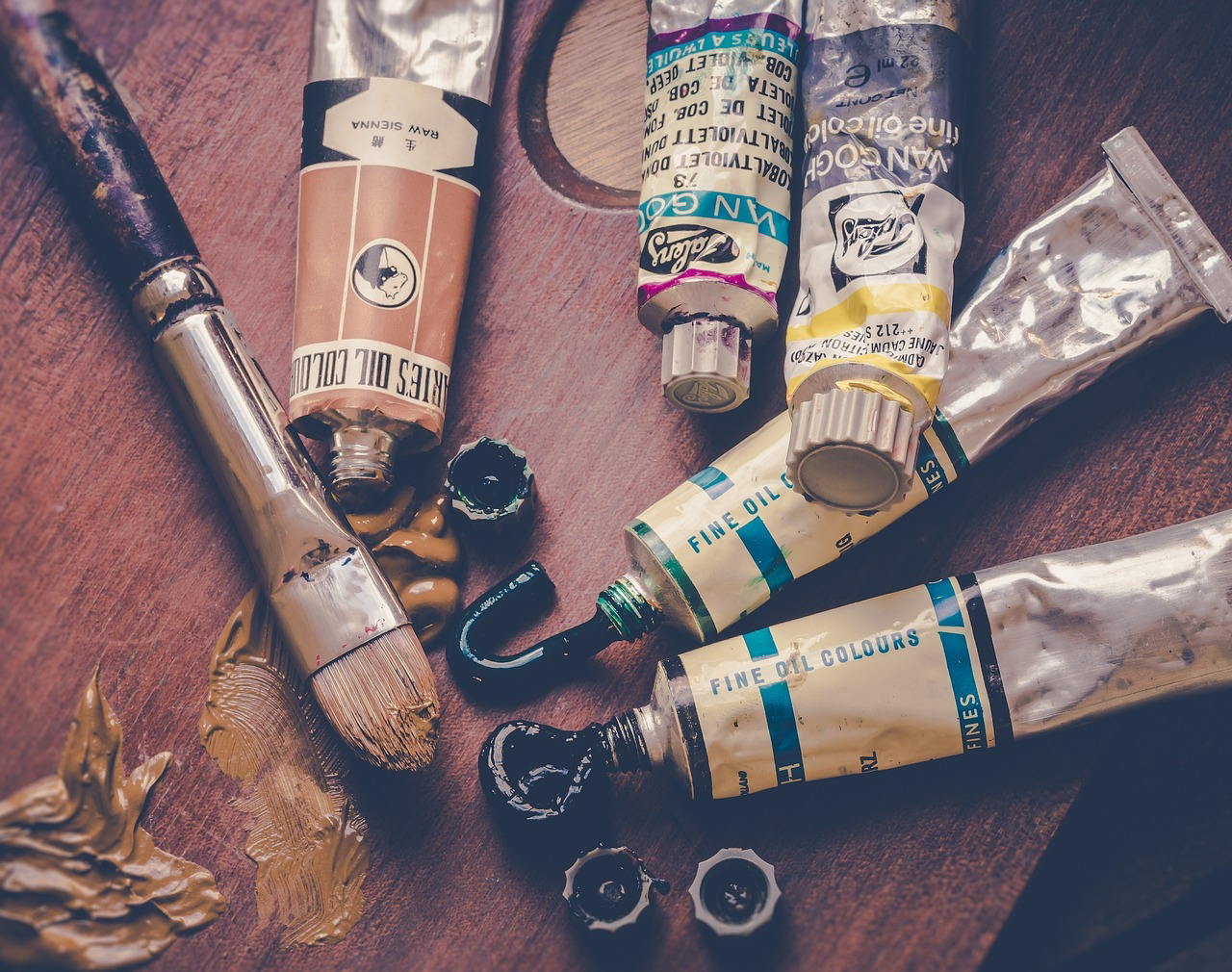Here is my 13th blog article on "How Art Improves Cognitive Development in Children" .
How Art Improves Cognitive Development in Children
Introduction
Art is more than just an activity for children—it is a powerful tool that enhances cognitive development. When children engage in creative activities like drawing, painting, and sculpting, they develop essential skills such as problem-solving, memory retention, and emotional intelligence.
In this article, we will explore:
✔ How art enhances brain development
✔ The cognitive benefits of artistic activities
✔ Different types of art that boost learning
✔ Ways to incorporate art into early education
✔ Best art activities for brain development
For more art education insights, check out our article on The Importance of Art in Early Childhood Education!
How Art Enhances Brain Development
1. Stimulates Both Hemispheres of the Brain
Art activates both the left (logical) and right (creative) hemispheres of the brain, improving problem-solving skills and innovative thinking.
2. Enhances Fine Motor Skills
Activities like coloring, cutting, and clay modeling strengthen hand muscles, improving coordination and handwriting skills.
3. Improves Memory and Concentration
When children create art, they engage their memory and focus on details, leading to better concentration.
4. Encourages Problem-Solving and Critical Thinking
Making artistic choices (e.g., selecting colors, arranging patterns) enhances decision-making skills.
Want to learn more about creativity? Read Best Drawing Techniques for Kids!
The Cognitive Benefits of Art in Children
1. Enhances Spatial Awareness
✔ Recognizing shapes and patterns improves spatial reasoning, essential for math and science.
✔ Helps children understand proportions, sizes, and depth.
2. Boosts Emotional Intelligence
✔ Art helps children express emotions and process feelings in a non-verbal way.
✔ Encourages self-awareness and empathy.
3. Strengthens Problem-Solving Skills
✔ Experimenting with colors, materials, and designs fosters innovative thinking.
✔ Learning from mistakes and trying new techniques enhances adaptability.
4. Improves Communication Skills
✔ Visual storytelling through art helps children articulate their thoughts and ideas.
✔ Encourages collaboration when working on group projects.
For more ways to develop creativity, check out 10 Fun Art Activities for Kids!
Different Types of Art That Boost Learning
1. Drawing and Coloring
✔ Improves hand-eye coordination and focus.
✔ Encourages imaginative storytelling.
2. Painting
✔ Develops fine motor skills through brush control.
✔ Helps children understand color theory.
3. Clay Modeling and Sculpting
✔ Enhances 3D thinking and spatial awareness.
✔ Improves muscle control in hands and fingers.
4. Collage and Mixed Media
✔ Develops creative thinking through material combinations.
✔ Encourages sensory exploration.
5. Music and Dance
✔ Strengthens memory through rhythm and patterns.
✔ Improves coordination and cognitive flexibility.
Explore more art techniques in Best Art Kits for Kids!
Ways to Incorporate Art into Early Education
✔ Create an Art-Friendly Space – Set up an area where kids can freely explore their creativity.
✔ Integrate Art with Other Subjects – Use drawing for storytelling, math problems, or history lessons.
✔ Encourage Open-Ended Creativity – Allow children to experiment without strict guidelines.
✔ Use a Variety of Materials – Provide crayons, paints, clay, and craft supplies to stimulate curiosity.
✔ Praise Effort, Not Just Results – Focus on the process of creation rather than perfection.
Need more teaching strategies? Visit How to Teach Kids to Paint!
Best Art Activities for Brain Development
1. Doodling and Freehand Drawing
✔ Encourages spontaneous creativity.
✔ Helps with visual thinking.
2. Finger Painting
✔ Enhances sensory experiences.
✔ Helps with early color recognition.
3. Creating Patterns with Shapes
✔ Strengthens early math skills.
✔ Teaches symmetry and design.
4. Building with Recycled Materials
✔ Encourages engineering and design thinking.
✔ Promotes eco-friendly creativity.
5. Collaborative Group Murals
✔ Teaches teamwork and communication.
✔ Encourages collective creativity.
For more engaging ideas, visit Top 10 Art Activities for Kids!
The Role of Parents and Teachers in Art Education
✔ Provide Encouragement – Support children’s creative expressions without judgment.
✔ Introduce Famous Artists – Teach about Van Gogh, Picasso, or Frida Kahlo for inspiration.
✔ Ask Open-Ended Questions – “What story does your picture tell?”
✔ Display Artwork – Boosts confidence and self-esteem.
✔ Experiment with New Techniques – Try different artistic styles to expand creativity.
For more educational tips, check out Art Education Blog!
Conclusion
Art is a vital tool for cognitive development in children. It strengthens problem-solving skills, memory, emotional intelligence, and spatial awareness while promoting creative thinking.
By integrating art into education and daily activities, parents and teachers can support brain growth, enhance learning experiences, and nurture self-expression.


कोई टिप्पणी नहीं: